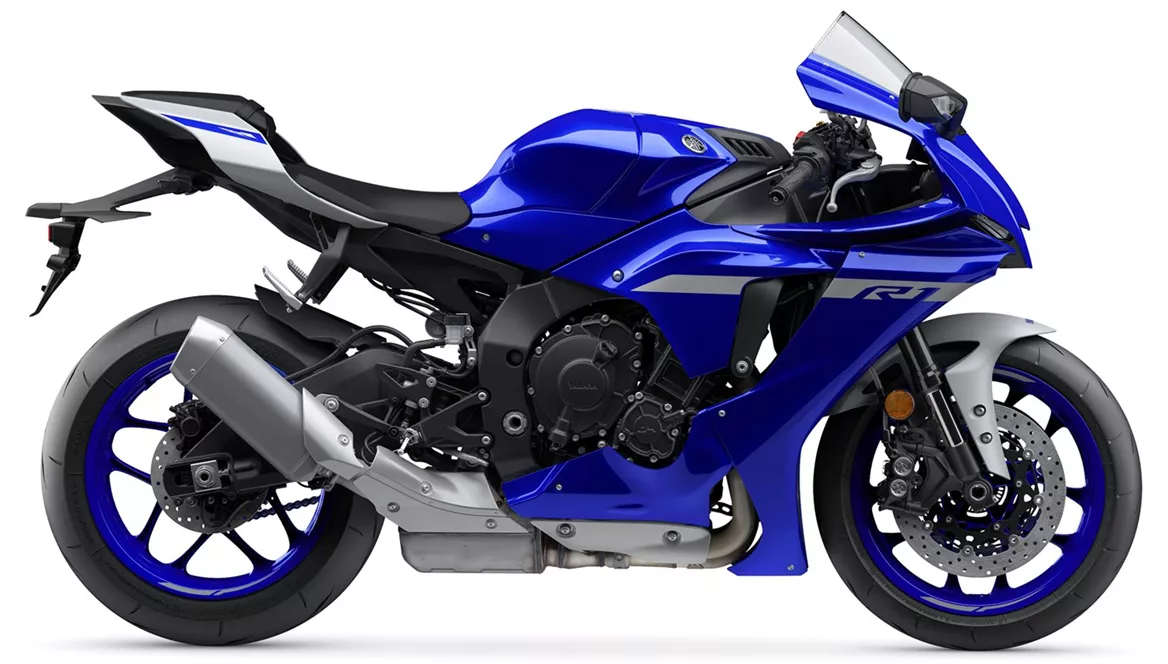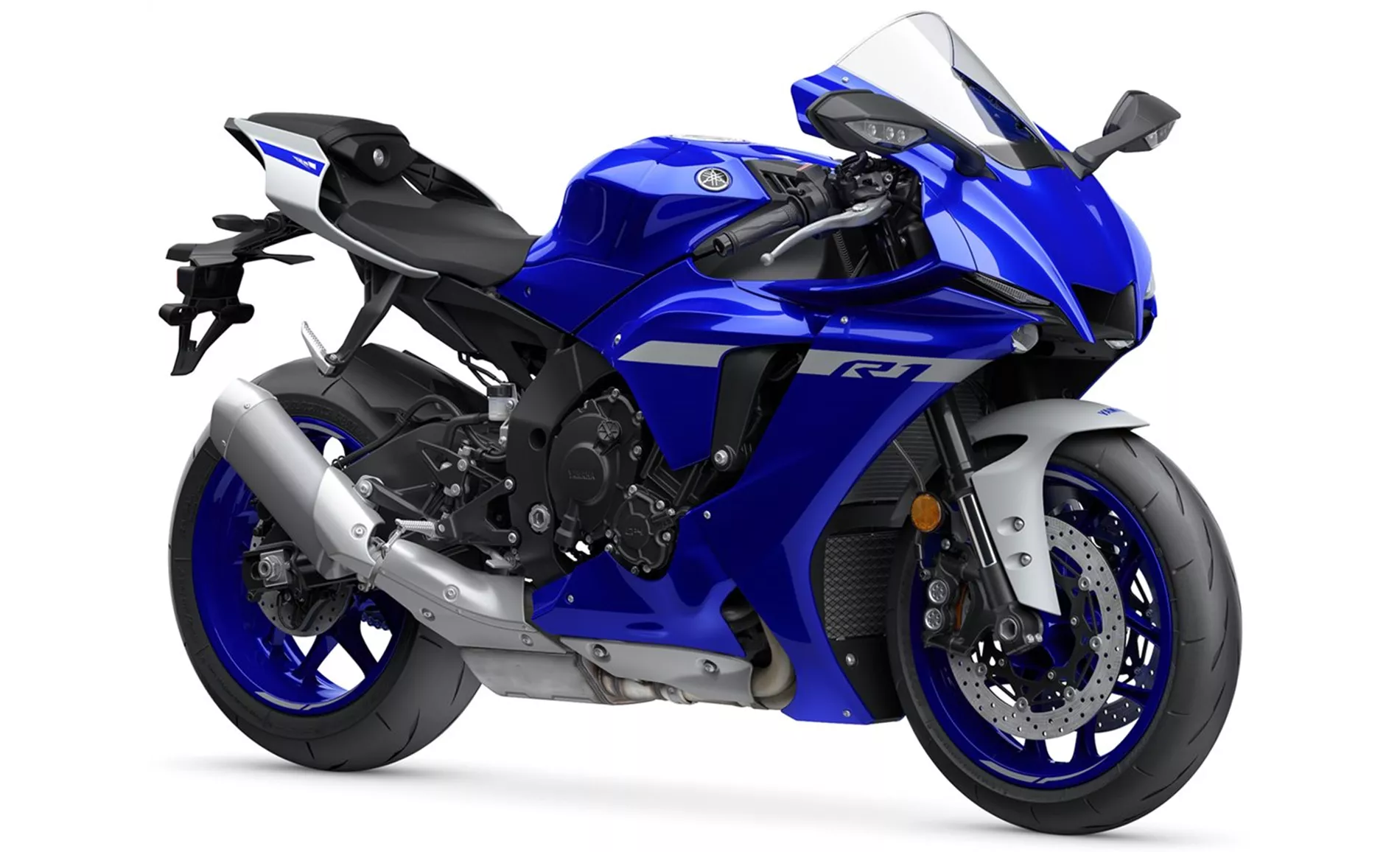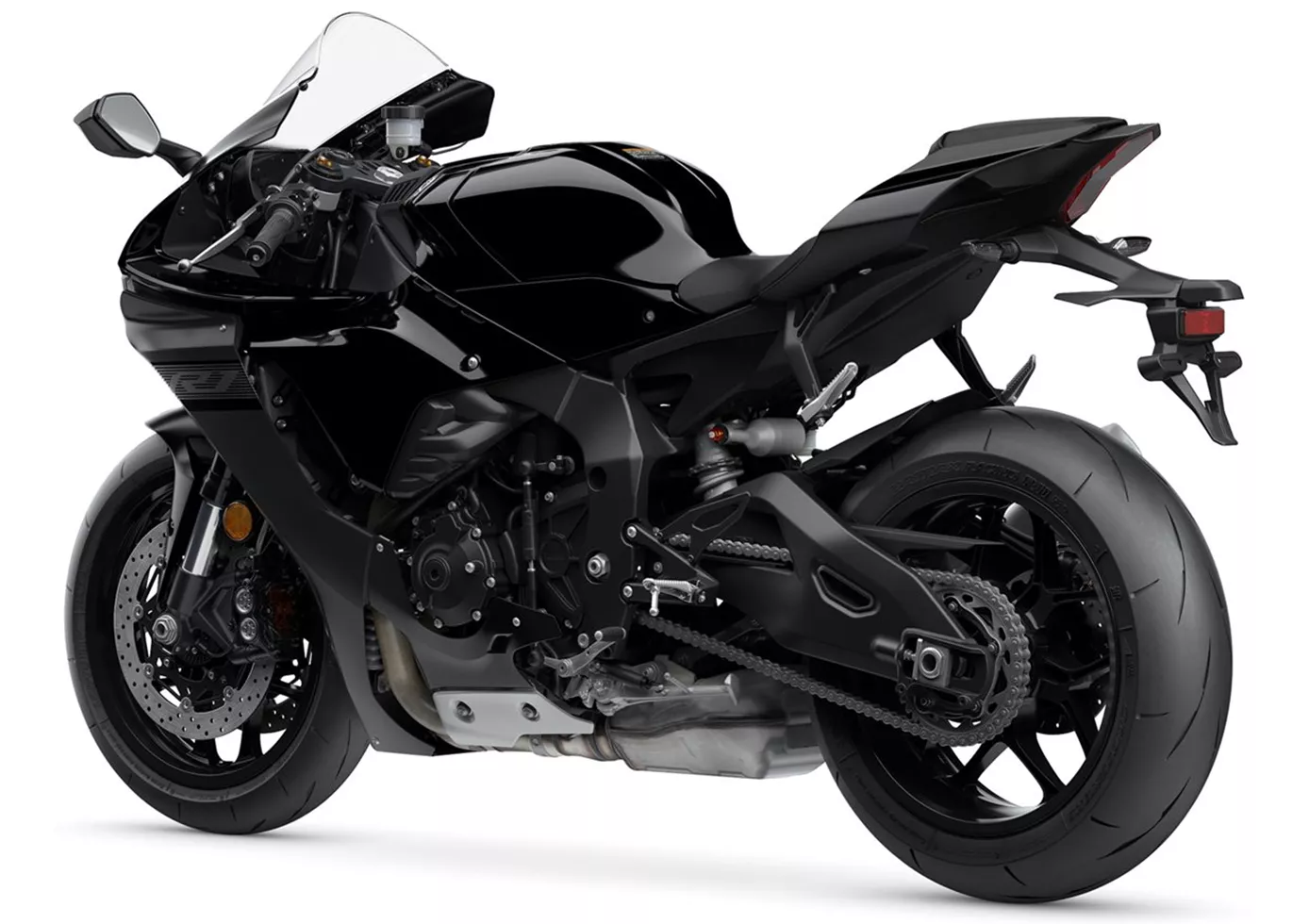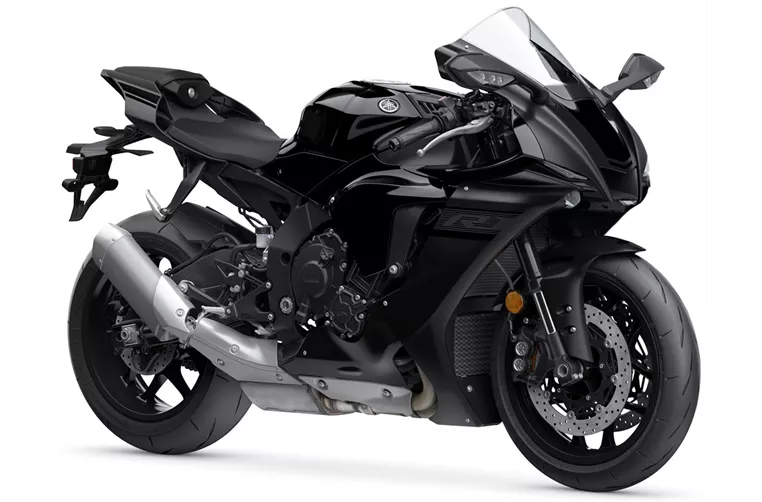Yamaha R1 2020 vs. Suzuki GSX-R 1000 2017

Yamaha R1 2020

Suzuki GSX-R 1000 2017
Overview - Yamaha R1 2020 vs Suzuki GSX-R 1000 2017
The Yamaha R1 2020 and the Suzuki GSX-R 1000 2017 are both high-performance supersport motorcycles that offer impressive specifications and features.
Starting with the engine and drive train, the Yamaha R1 2020 is equipped with a 998cc engine that delivers 200 horsepower and 112.4 Nm of torque. It has a bore of 79 mm and a stroke of 50.9 mm, with a compression ratio of 13. The R1 features a 4-cylinder engine with DOHC and 4 valves per cylinder. On the other hand, the Suzuki GSX-R 1000 2017 has a slightly smaller engine with a displacement of 999cc. It offers a higher power output of 202 horsepower and 118 Nm of torque. The GSX-R 1000 has a bore of 76 mm and a stroke of 55.1 mm, with a compression ratio of 13.2. Similar to the R1, it also features a 4-cylinder engine with DOHC and 4 valves per cylinder.
In terms of suspension, both motorcycles are equipped with upside-down telescopic forks in the front. The chassis of both bikes is made of aluminum, providing a lightweight and sturdy frame. However, the Yamaha R1 2020 features a Deltabox frame, while the Suzuki GSX-R 1000 2017 has a Twin Tube, Twin-Spar frame.

Yamaha R1 2020
When it comes to braking, both motorcycles have double disk brakes in the front. The Yamaha R1 2020 offers advanced rider assistance systems such as launch control and traction control. On the other hand, the Suzuki GSX-R 1000 2017 comes with additional features like ABS, riding modes, ride by wire, and traction control.
In terms of dimensions and weights, both motorcycles have the same front and rear tire width and diameter. The Yamaha R1 2020 has a slightly shorter wheelbase of 1405 mm compared to the GSX-R 1000's 1410 mm. The seat height of the R1 is also slightly higher at 855 mm, while the GSX-R 1000 has a seat height of 825 mm. The kerb weight of the Yamaha R1 2020 is 199 kg (with ABS), while the GSX-R 1000 weighs slightly more at 202 kg (with ABS). Both motorcycles have a fuel tank capacity of around 17 liters.

Suzuki GSX-R 1000 2017
In terms of strengths, the Yamaha R1 2020 is praised for its powerful engine, clean response, great sound, stable chassis, high-quality electronics, and overall noble impression. On the other hand, the Suzuki GSX-R 1000 2017 is commended for its high-revving engine, smooth torque curve, stability on corner exit and radius, great quickshifter, high-quality chassis, and performance on fast tracks.
As for weaknesses, the Yamaha R1 2020 is criticized for its brakes not being completely satisfactory on the race track. On the other hand, the Suzuki GSX-R 1000 2017 has a weakness in the form of its engine brake not being adjustable.
Overall, both the Yamaha R1 2020 and the Suzuki GSX-R 1000 2017 are highly capable supersport motorcycles with their own unique strengths and weaknesses. The choice between the two would ultimately depend on the rider's preferences and priorities.
Technical Specifications Yamaha R1 2020 compared to Suzuki GSX-R 1000 2017
Pros and Cons in comparison
Pros and Cons in comparison
Yamaha R1 2020

The Yamaha YZF-R1 is mature and makes countless racetrack pilots happy. The engine shines with lightness and agility, the seating position surprises positively and the handling is radical but still "suitable for the masses". The machine immediately stands out visually and also because of the heart-warming sound. Especially on the country road, the bike scores with its well-known strengths: great engine, great electronics, great package! A real pleasure to ride!
Suzuki GSX-R 1000 2017

Suzuki has done a great job with the GSX-R 1000 2017. A super-strong motorbike with a fabulously smooth torque curve. Actually unbelievable at 202 hp! The chassis is of high quality and the electronics package has no tinsel but delivers top performance.
Price Comparison Avarage Market Price Yamaha R1 vs Suzuki GSX-R 1000
There are a few key differences between a Yamaha R1 2020 and a Suzuki GSX-R 1000 2017. There are the same number of bikes of both models available on the 1000PS.de marketplace, specifically 9. It takes less time to sell a Yamaha R1 with 86 days compared to 121 days for a Suzuki GSX-R 1000. Since model year 2005 1000PS.de editors have written 80 reviews for the Yamaha R1 and 71 reviews for the Suzuki GSX-R 1000 since model year 2005. The first review for the Yamaha R1 was published on 4/28/2003 and now has more than 3,900 views. This compares to more than 7,100 views for the first review on Suzuki GSX-R 1000 published on 3/3/2004.






















